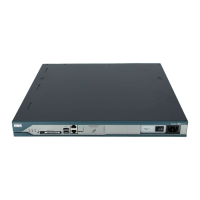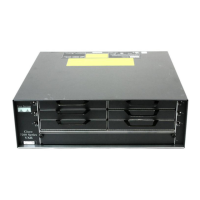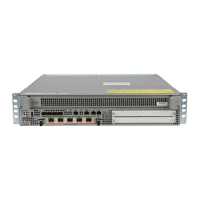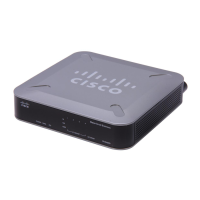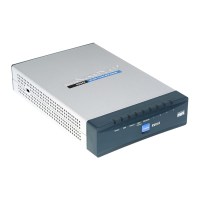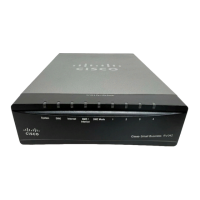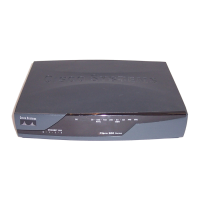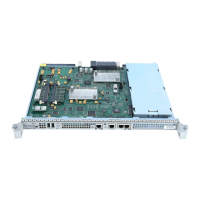xii
Cisco PNNI Network Planning Guide for MGX and SES Products, Release 5
Part Number OL-3847-01 Rev. D0, April, 2004
About This Guide
Conventions
• Chapter 3, “Address and Closed User Group Planning,” describes how to implement network plans
using ATM addresses that help define the network structure.
• Chapter 4, “Planning Intermediate Route Selection,” describes how PNNI network nodes select
routes and provides guidelines for influencing route selection.
Conventions
This publication uses the following conventions.
Command descriptions use these conventions:
• Commands and keywords are in boldface.
• Arguments for which you supply values are in italics.
• Required command arguments are inside angle brackets (< >).
• Optional command arguments are in square brackets ([ ]).
• Alternative keywords or variables are separated by vertical bars ( | ).
Examples use these conventions:
• Terminal sessions and information the system displays are in screen font.
• Information you enter is in boldface screen font.
• Nonprinting characters, such as passwords, are in angle brackets (< >).
• Default responses to system prompts are in square brackets ([ ]).
Note Means reader take note. Notes contain helpful suggestions or references to materials not contained in
this manual.
Caution Means reader be careful. In this situation, you might do something that could result in equipment
damage or loss of data.
Tip Provides additional information that can help you understand the product or complete a task more
efficiently.
Warning
This warning symbol means danger. You are in a situation that could cause bodily injury. Before you
work on any equipment, you must be aware of the hazards involved with electrical circuitry and
familiar with standard practices for preventing accidents. (To see translated versions of this warning,
refer to the Regulatory Compliance and Safety Information document that accompanied the product.

